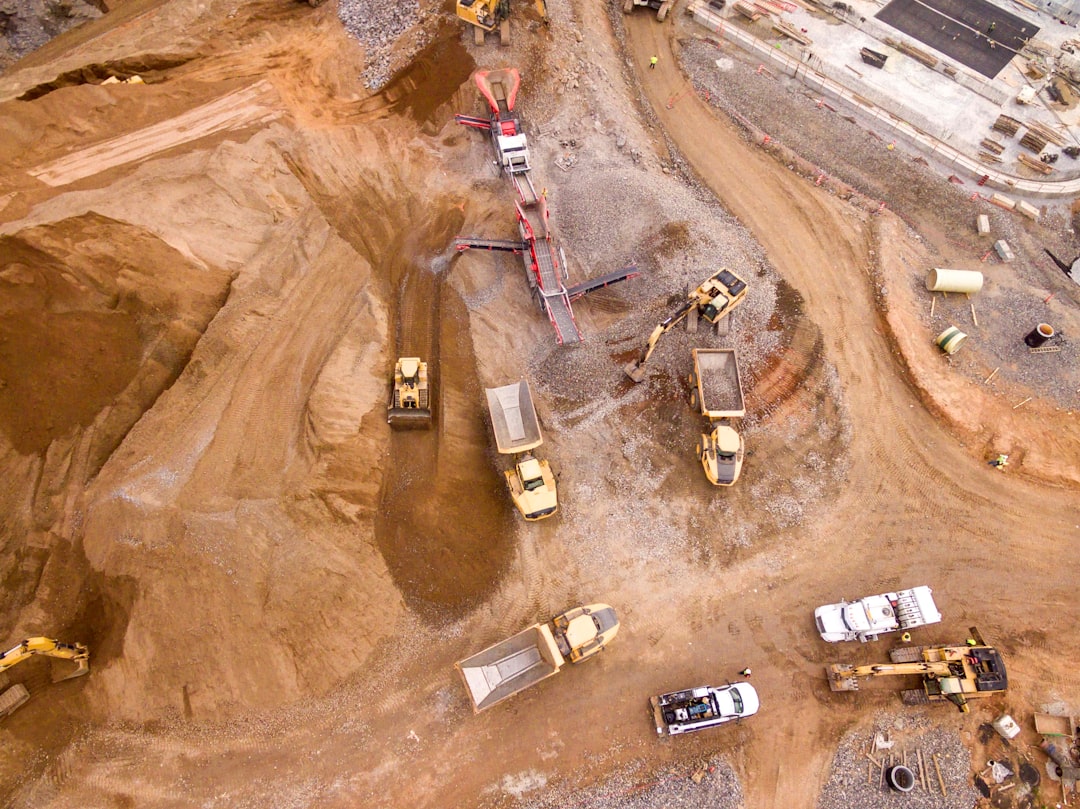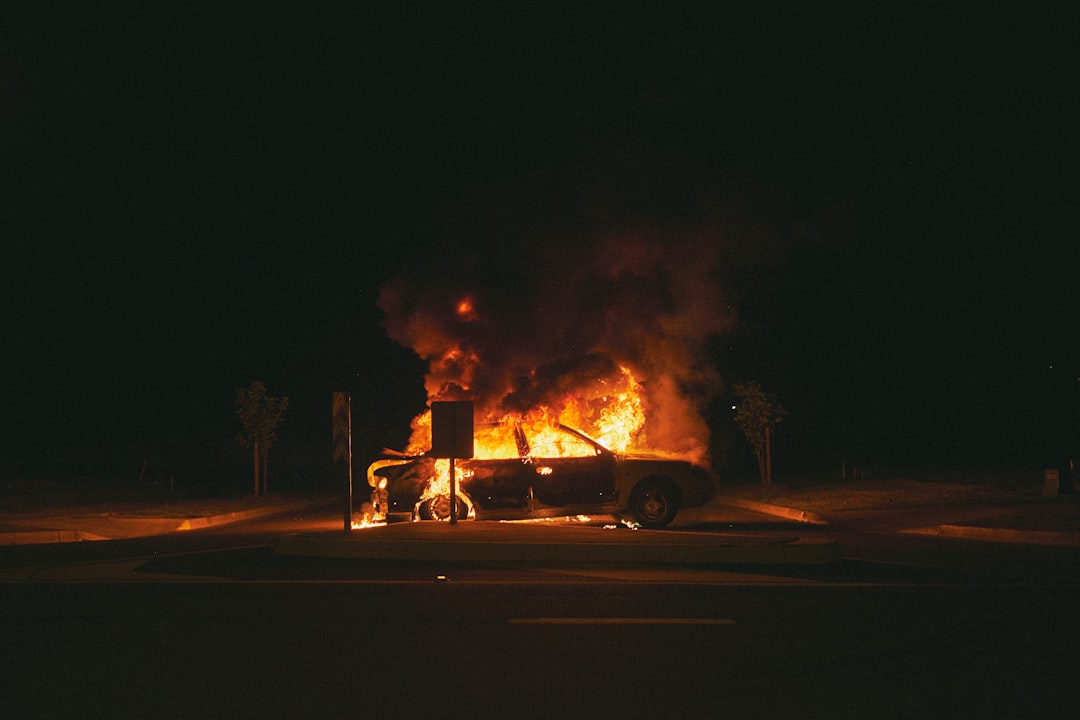Lithium-ion batteries are used in small electronics, electric bikes, electric cars, and energy storage systems. Climate change activists promote these batteries as safe and environmentally friendly. The truth is that lithium-ion batteries are a fire hazard, and most people are unaware that when lithium-ion batteries catch fire, standard fire-fighting methods do not work. There are two other major issues: the production of lithium-ion batteries is harmful to the environment and employs child labour.
I reviewed all lithium-ion battery data for you so that you can be not only informed but also safe.
I'll begin with the production of lithium-ion batteries.

I. Gathering raw materials is the first step in the production process
Lithium is the most important component and is extracted from lithium-rich minerals such as spodumene, lepidolite, and petalite. These minerals are mostly found in Australia, Chile, Argentina, and China.
Cobalt may be present in some lithium-ion batteries, particularly those used in portable electronics and electric vehicles. Cobalt is an essential component of these batteries' cathodes. It is mined primarily as a byproduct of copper and nickel mining, with significant output in countries such as the Democratic Republic of the Congo, Russia, and Canada.
Another important component of many lithium-ion batteries, particularly those used in electric vehicles, is nickel. It can be found in nickel-cobalt-manganese (NCM) or nickel-cobalt-aluminum (NCA) cathodes. Nickel is mined as a primary metal in Indonesia, the Philippines, and Canada.
A lithium-ion battery's anode is usually made of graphite. Natural graphite is extracted from deposits in China, Brazil, and Canada.
Some lithium-ion batteries, particularly those with lithium manganese oxide (LiMn2O4) cathodes, contain manganese. Manganese is mined primarily in South Africa, Australia, and China.
Metals such as copper and aluminium are used as current collectors in the anode and cathode, respectively. Copper and aluminium are mined extensively around the world.
Other materials, such as electrolytes and separators, are used in lithium-ion batteries. These components are typically made from a combination of raw materials, but unlike metals such as lithium, cobalt, and nickel, they do not require direct mining.
II. Making electrodes
The cathode and anode are the two main components of the battery. The cathode is usually made of a metal oxide, such as lithium cobalt oxide (LiCoO2), and the anode is usually made of graphite. Metal foils are coated with these materials.
III. Separator Insertion
Between the cathode and the anode is a thin separator material. While preventing electrical contact, this separator allows ions (charged particles) to move between the electrodes.
IV. Adding Electrolytes
After that, the electrodes and separator are soaked or injected with a liquid electrolyte, a chemical solution that allows lithium ions to move between the cathode and anode during charging and discharging.
V. Cell Assembly
The coated and separated layers are wound or stacked together in a cylindrical or prismatic shape, depending on the battery's design. This results in the formation of a cell.
VI. Cell Sealing
The cell is sealed to prevent leakage and to keep the inside environment controlled. This sealing process is critical for the battery's safety and integrity.
VII. Formation
The battery undergoes a "formation" process. This entails repeatedly charging and discharging the battery to stabilise its performance and capacity.
VIII. Testing
The batteries are subjected to extensive testing to ensure that they meet specific performance and safety standards. This includes inspecting the capacity, voltage, and potential defects.
IX. Packaging
Following finishing of the tests, the cells are grouped together and connected to form a battery pack. This is the pack you'll find in your devices or electric vehicles.
X. Distribution
The finished battery packs are then distributed to device manufacturers, electric vehicle manufacturers, or stored for future use.
Environmental Impact of the production of lithium-ion batteries
Mining and extraction of lithium, as well as other minerals used in lithium-ion batteries such as cobalt, nickel, and graphite, can have an environmental impact. This includes habitat destruction, pollution of water, and soil degradation.
Some lithium extraction methods, particularly those involving brine ponds, can be water-intensive. This can put a strain on local water resources, especially in arid areas where lithium deposits are common.
Various chemicals, such as solvents, electrolytes, and coatings, are used in the production of lithium-ion batteries. These chemicals, if not properly managed, can cause pollution and harm to ecosystems.
The global supply chain for lithium-ion batteries includes long-distance transportation of raw materials and components. This can result in emissions from shipping, trucking, and other modes of transportation.
Although lithium-ion batteries are recyclable, many end up in landfills or are improperly recycled. Inadequate disposal can result in the release of hazardous materials such as heavy metals and toxic chemicals.
What percentage of lithium-ion batteries are recycled?
Recycling rates ranged from 5% to 50%. Due to the short history of lithium-ion batteries, no systematic recycling system has yet been established.
Use of child labour
Cobalt is a critical component of lithium-ion batteries, and the Democratic Republic of the Congo (DRC) accounts for a sizable portion of global cobalt production. This region has faced labour rights issues, including child labour in artisanal mining operations.
Everyone should be aware of the importance of lithium-ion battery fire safety!

Understanding lithium-ion battery fire safety is critical, especially given their widespread use in electronics, electric vehicles, and energy storage systems. Here are some key points to remember about lithium-ion battery fire safety:
Extinguishing Lithium-Ion Battery Fires
Traditional firefighting methods, such as water or CO2 are ineffective in extinguishing lithium-ion battery fires. It is recommended to use specialised fire suppression agents, such as dry powder extinguishers or specific lithium-ion battery fire suppression systems.
Here are some fire extinguishers that are appropriate for lithium-ion battery fires:
Dry Powder Fire Extinguishers (Class D or ABC):
Class D
Dry powder fire extinguishers labelled Class D are specifically designed for metal fires, including lithium. They use a dry powder agent, such as sodium chloride, to extinguish the fire and prevent the metal from reacting with oxygen.ABC
Some ABC fire extinguishers contain a dry chemical powder that can be effective in suppressing lithium-ion battery fires. Look for extinguishers that specifically state that they are suitable for lithium fires.
Lithium-Ion Battery Fire Suppression Systems
These are specialised fire suppression systems created specifically for lithium-ion battery fires. They frequently use specialised agents or methods to effectively and safely suppress the fire.
Graphite Powder Extinguishers
To smother and cool lithium-ion battery fires, these extinguishers use fine graphite powder. They prevent the release of flammable gases by forming a barrier over the burning battery.
Fire Blankets
Non-flammable fire blankets can be used to smother and isolate a burning lithium-ion battery, assisting in the prevention of fire spread.
Specialized Lithium-Ion Battery Fire Suppression Balls
These are spherical devices containing fire-extinguishing agents that are designed to activate automatically when exposed to flames. They can be used for quick response in lithium-ion battery emergency situations.
🔴 It is critical that any fire extinguishing equipment used be compatible with lithium-ion battery fires.
Other important points regarding lithium-ion battery fire safety.
If lithium-ion batteries are damaged, overcharged or discharged, or exposed to high temperatures, a process known as thermal runaway can occur. This is a self-sustaining reaction that can cause high temperatures, flames, and potentially hazardous gases such as carbon monoxide, carbon dioxide, and toxic fumes to be released. So, when dealing with battery fires, adequate ventilation is critical!
When shipping or transporting lithium-ion batteries, extra precautions must be taken. Recently, a cargo ship caught fire in the North Sea off the coast of the Netherlands, killing at least one person and injuring several others. The fire was started by an electric car.
Electric vehicles, unlike conventional vehicles, can catch fire even when stationary because their batteries are easily damaged during the loading process!
Storing lithium-ion batteries or devices that use these batteries in a cool, dry place away from direct sunlight and heat sources can help reduce the risk of fire.
Overcharging or over-discharging lithium-ion batteries can cause internal damage and increase the risk of thermal runaway.
If a lithium-ion battery is suspected of being defective or dangerous, it should be handled in accordance with the manufacturer's recall instructions. To protect the environment, proper disposal methods must be used.
People and organisations can take proactive steps to reduce the risk of lithium-ion battery-related incidents and respond effectively in the event of an emergency if they are aware of these critical points. So please spread the word.
The bottom line
Using lithium-ion batteries is both unethical and harmful to the environment. The demand for these batteries for electric vehicles and energy storage systems exacerbated the problem. It is a major issue because it adds to pollution and endangers people's lives due to a lack of a proper fire-safety system for fires caused by lithium-ion batteries.
💡 Are there lithium-ion battery alternatives?
Yes, hemp batteries are a viable option. Check out this article on hemp batteries and stay tuned for my article on hemp, which is environmentally friendly and has numerous applications.
https://www.energytech.com/energy-storage/article/21177341/will-hemp-make-ev-batteries-better
🔊This is the most comprehensive lithium-ion battery review you may find on internet. I desperately need your assistance to keep it and the rest of my work free. I am the only person researching major issues such as fraudulent science, medical malpractice, and the climate agenda scam at the same time. I paid a high price for it because it makes me unemployable. Read my story again.
I can only keep going if people support my efforts. You can do it in a variety of ways. It will cost you less than a cup of coffee per day.
Become a paid subscriber. Take advantage of the 48% discount.
Donate via my blog https://genuineprospect.com/
You can help me and save lives by becoming a free subscriber as well. A higher number of subscribers makes my substack page more visible. The same goes for sharing. It will only take a second, but it will make a difference.
References and interesting reads
https://www.frontiersin.org/articles/10.3389/fchem.2020.578044/full
https://www.zdf.de/nachrichten/panorama/elektroauto-batterie-akku-brand-100.html




